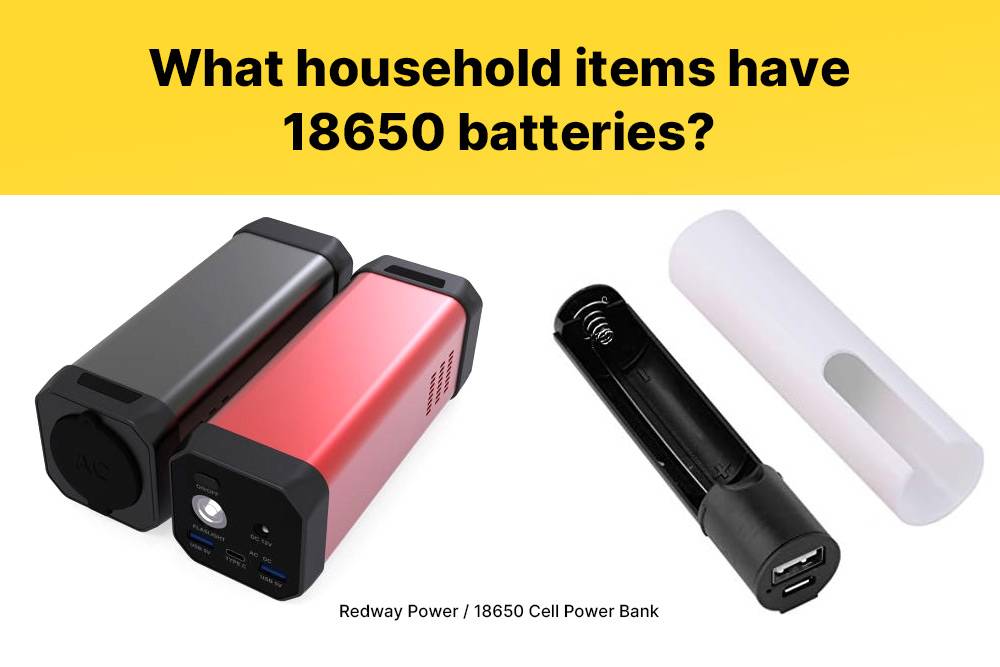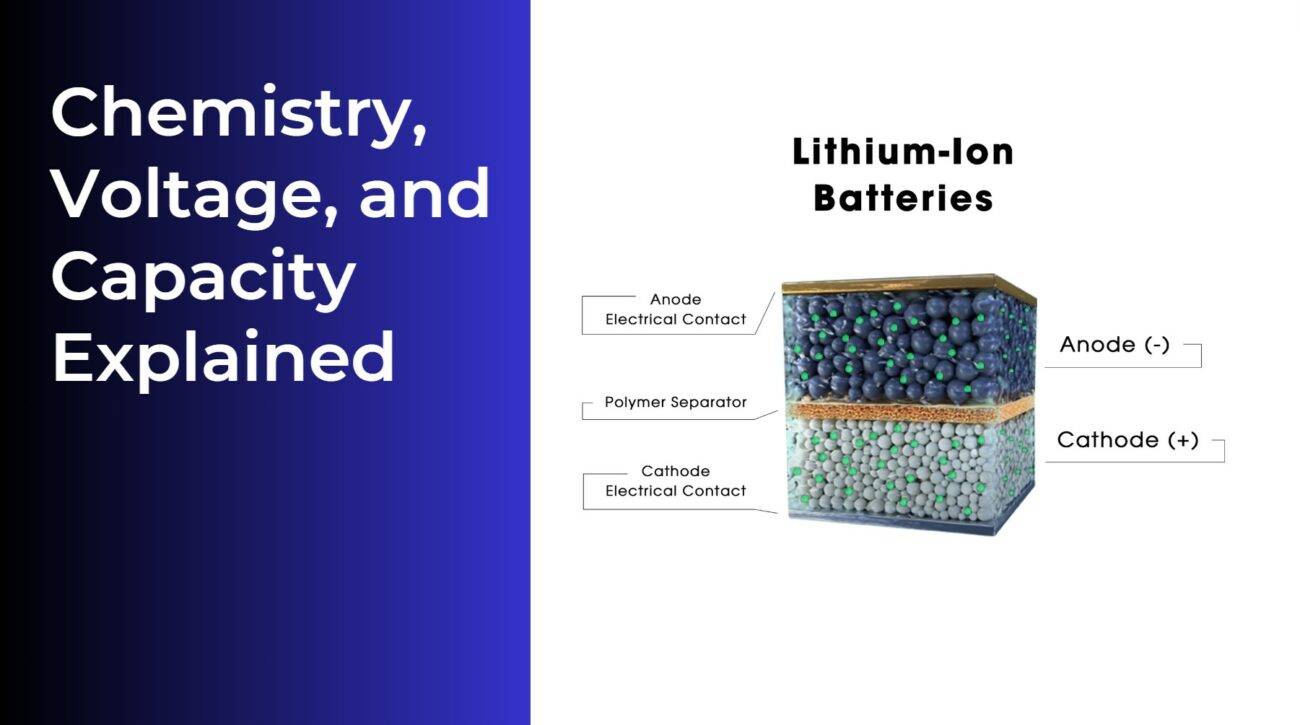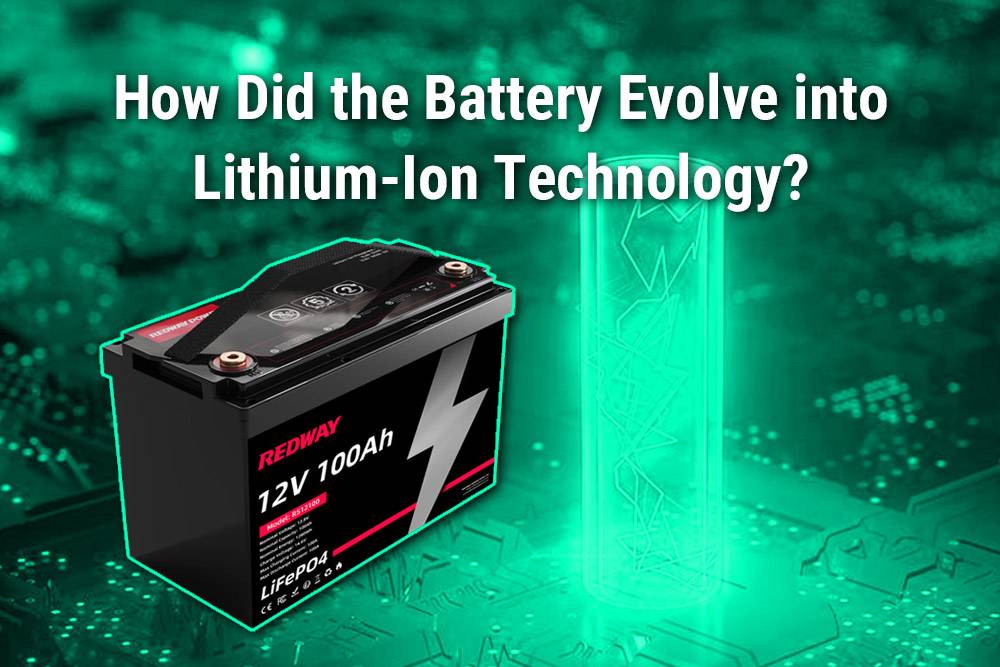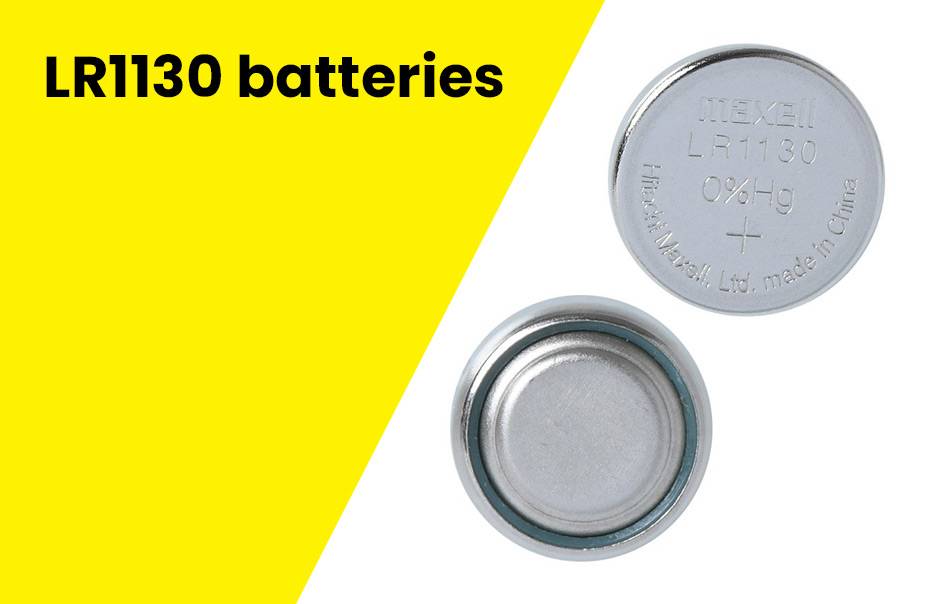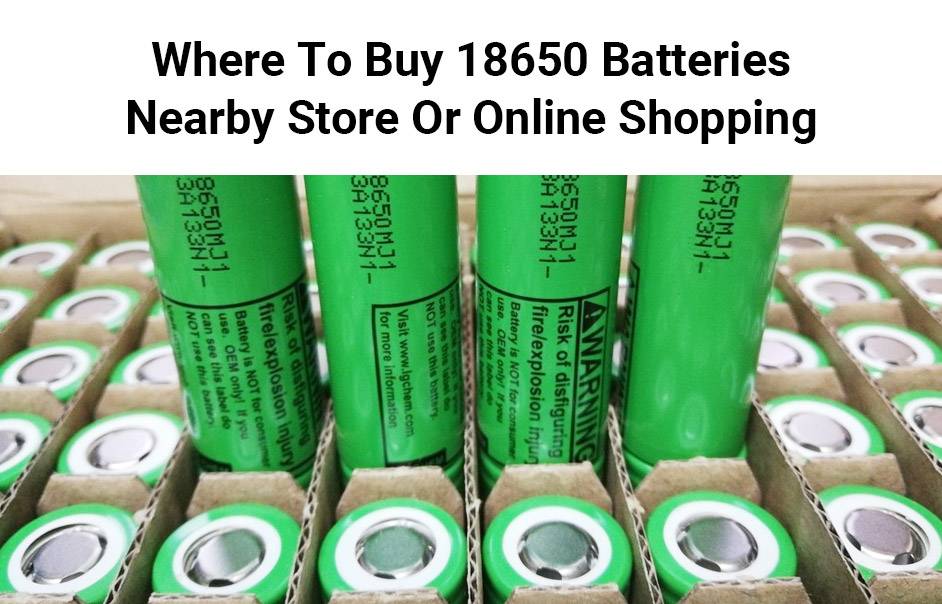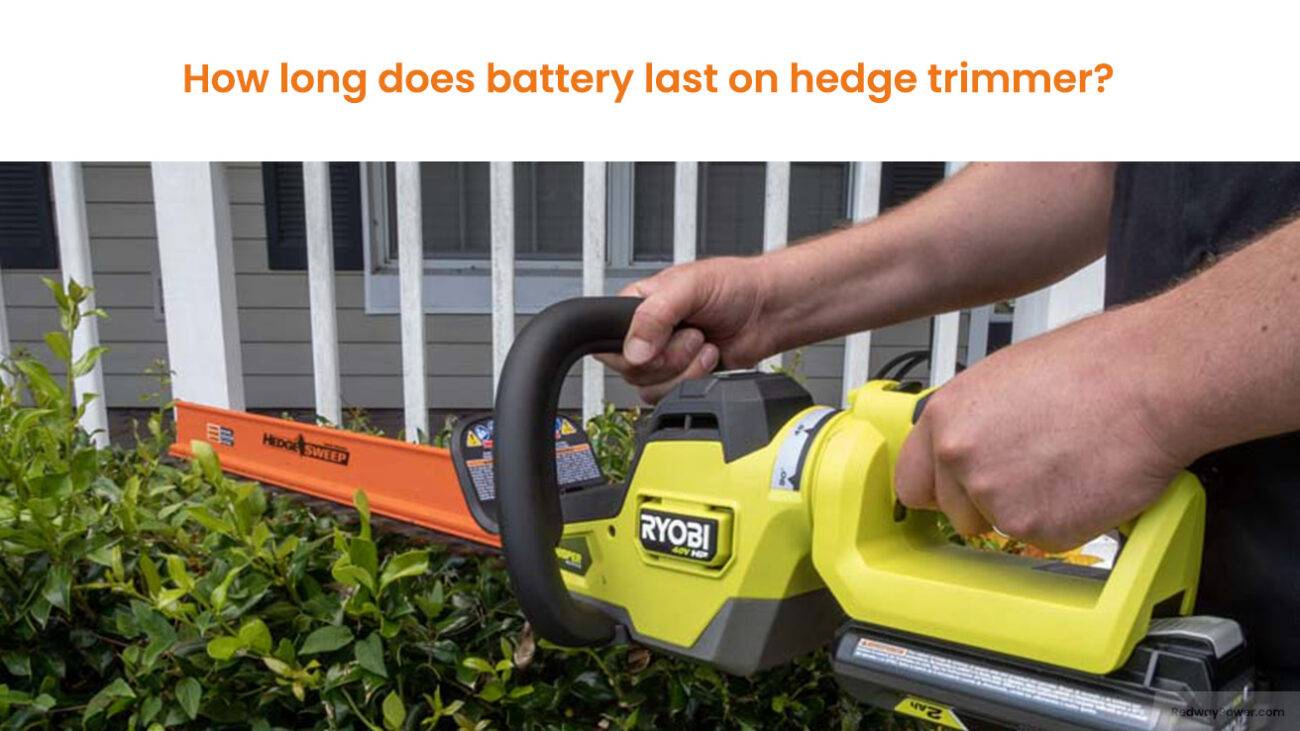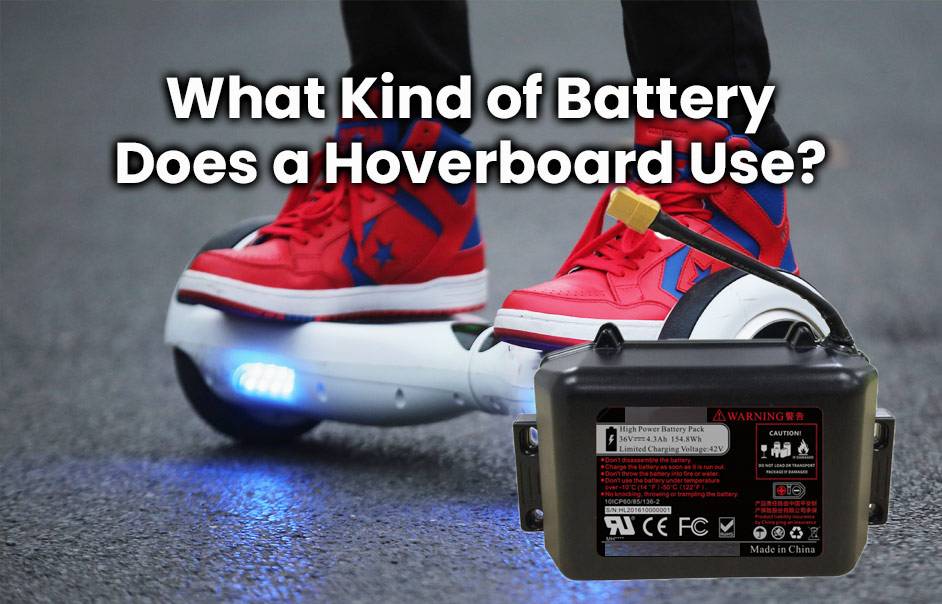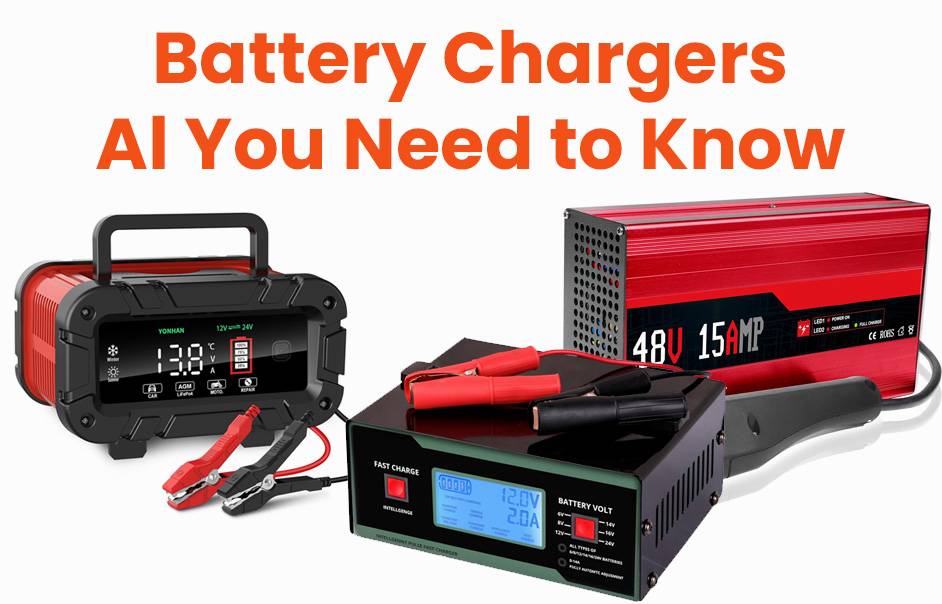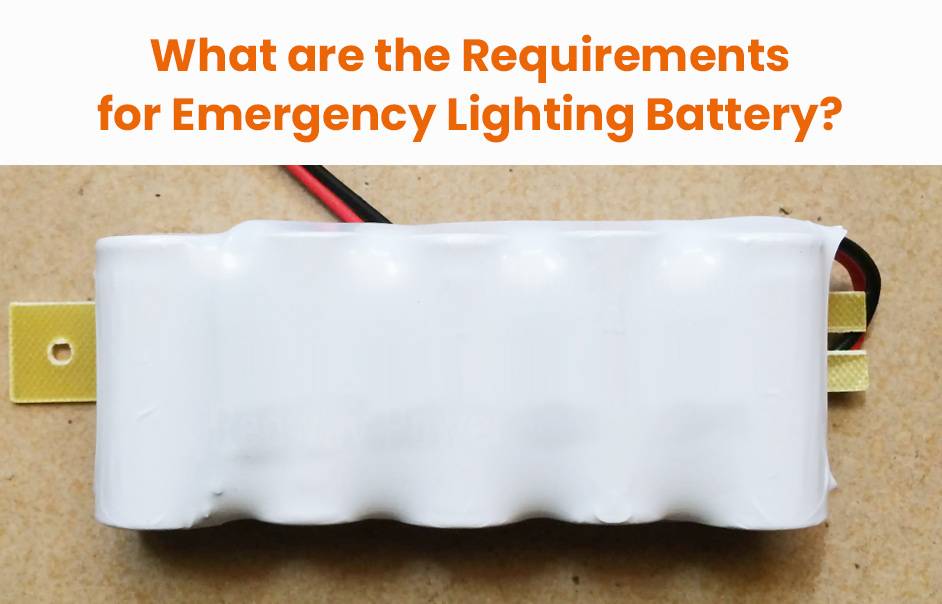- Forklift Lithium Battery
-
48V
- 48V 210Ah
- 48V 300Ah
- 48V 420Ah (949 x 349 x 569 mm)
- 48V 420Ah (950 x 421 x 450 mm)
- 48V 456Ah
- 48V 460Ah (830 x 630 x 590 mm)
- 48V 460Ah (950 x 421 x 450 mm)
- 48V 460Ah (800 x 630 x 600 mm)
- 48V 460Ah (820 x 660 x 470 mm)
- 48V 500Ah
- 48V 560Ah (810 x 630 x 600 mm)
- 48V 560Ah (950 x 592 x 450 mm)
- 48V 600Ah
- 48V 630Ah
-
48V
- Lithium Golf Cart Battery
- 12V Lithium Battery
12V 150Ah Lithium RV Battery
Bluetooth App | BCI Group 31
LiFePO4 Lithium
Discharge Temperature -20°C ~ 65°C
Fast Charger 14.6V 50A
Solar MPPT Charging - 24V Lithium Battery
- 36V Lithium Battery
- 48V Lithium Battery
-
48V LiFePO4 Battery
- 48V 50Ah
- 48V 50Ah (for Golf Carts)
- 48V 60Ah (8D)
- 48V 100Ah (8D)
- 48V 100Ah
- 48V 100Ah (Discharge 100A for Golf Carts)
- 48V 100Ah (Discharge 150A for Golf Carts)
- 48V 100Ah (Discharge 200A for Golf Carts)
- 48V 150Ah (for Golf Carts)
- 48V 160Ah (Discharge 100A for Golf Carts)
- 48V 160Ah (Discharge 160A for Golf Carts)
-
48V LiFePO4 Battery
- 60V Lithium Battery
-
60V LiFePO4 Battery
- 60V 20Ah
- 60V 30Ah
- 60V 50Ah
- 60V 50Ah (Small Size / Side Terminal)
- 60V 100Ah (for Electric Motocycle, Electric Scooter, LSV, AGV)
- 60V 100Ah (for Forklift, AGV, Electric Scooter, Sweeper)
- 60V 150Ah (E-Motocycle / E-Scooter / E-Tricycle / Tour LSV)
- 60V 200Ah (for Forklift, AGV, Electric Scooter, Sweeper)
-
60V LiFePO4 Battery
- 72V~96V Lithium Battery
- Rack-mounted Lithium Battery
- E-Bike Battery
- All-in-One Home-ESS
- Wall-mount Battery ESS
-
Home-ESS Lithium Battery PowerWall
- 24V 100Ah 2.4kWh PW24100-S PowerWall
- 48V 50Ah 2.4kWh PW4850-S PowerWall
- 48V 50Ah 2.56kWh PW5150-S PowerWall
- 48V 100Ah 5.12kWh PW51100-F PowerWall (IP65)
- 48V 100Ah 5.12kWh PW51100-S PowerWall
- 48V 100Ah 5.12kWh PW51100-H PowerWall
- 48V 200Ah 10kWh PW51200-H PowerWall
- 48V 300Ah 15kWh PW51300-H PowerWall
PowerWall 51.2V 100Ah LiFePO4 Lithium Battery
Highly popular in Asia and Eastern Europe.
CE Certification | Home-ESS -
Home-ESS Lithium Battery PowerWall
- Portable Power Stations
What You Need to Know About the 18650 Battery
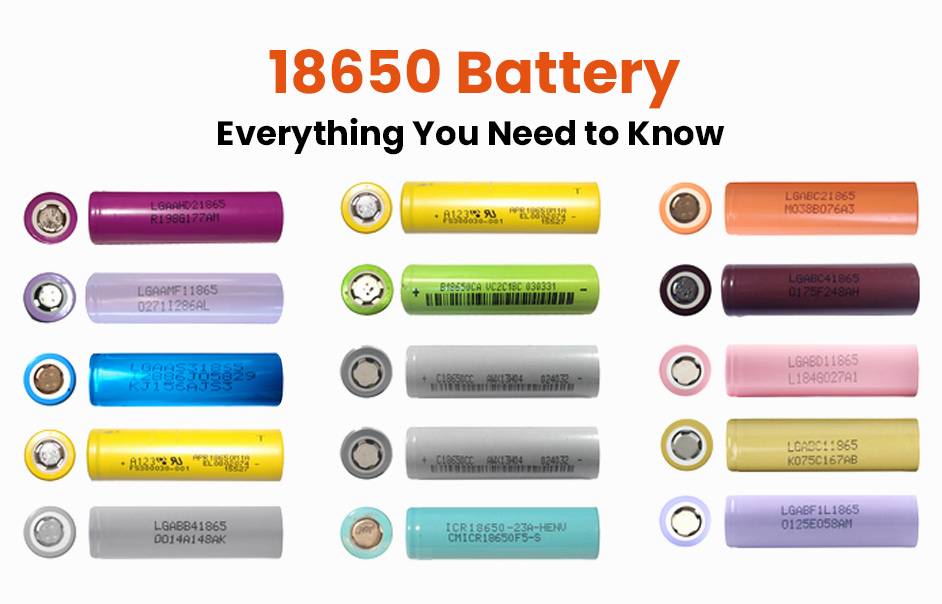
The 18650 battery is a cylindrical lithium-ion rechargeable battery widely used in various applications due to its high energy density, reliability, and longevity. With specifications such as a nominal voltage of 3.6V and capacities ranging from 1500mAh to over 3500mAh, understanding its features is essential for optimal use.
What Are the Key Specifications of 18650 Batteries?
The standard specifications for an 18650 battery include:
- Diameter: Approximately 18mm
- Length: Approximately 65mm
- Nominal Voltage: Typically around 3.6V to 3.7V
- Capacity Range: From about 1500mAh to over 3500mAh
These specifications make it a versatile choice for many electronic devices.
Chart: Key Specifications Overview
| Specification | Value |
|---|---|
| Diameter | 18 mm |
| Length | 65 mm |
| Nominal Voltage | 3.6V – 3.7V |
| Capacity | 1500mAh – >3500mAh |
How Do 18650 Batteries Work?
18650 batteries operate through electrochemical reactions that allow them to store and release electrical energy efficiently. When charged, lithium ions move from the cathode to the anode; during discharge, they flow back, generating electrical current.
Chart: Working Mechanism
| Process | Description |
|---|---|
| Charging | Lithium ions move to anode |
| Discharging | Lithium ions return to cathode |
What Are the Advantages of Using 18650 Batteries?
The advantages of using 18650 batteries include:
- High Energy Density: They provide more power per unit weight compared to many other battery types.
- Long Cycle Life: Capable of being recharged hundreds of times without significant loss in capacity.
- Versatility: Suitable for a wide range of applications from consumer electronics to electric vehicles.
What Applications Use 18650 Batteries?
Common applications for 18650 batteries include:
- Laptops and portable electronics
- Flashlights and high-performance LED lights
- Electric vehicles and e-bikes
- Power tools and other high-drain devices
How Do You Properly Charge and Maintain 18650 Batteries?
To ensure longevity:
- Use a compatible charger designed for lithium-ion batteries.
- Avoid overcharging; stop charging once it reaches approximately 4.2V.
- Store at room temperature away from extreme heat or cold.
Chart: Charging Guidelines
| Step | Guidelines |
|---|---|
| Charger Type | Use lithium-ion compatible chargers |
| Charge Voltage | Stop at approximately 4.2V |
| Storage Temperature | Keep in a cool, dry place |
What Safety Precautions Should You Take with Lithium Batteries?
When using lithium batteries, adhere to these safety precautions:
- Avoid short-circuiting terminals.
- Use protective circuits if creating battery packs.
- Never expose batteries to extreme temperatures or physical damage.
How Do Temperature Conditions Affect the Performance of 18650 Batteries?
Temperature can significantly influence performance; extreme cold can reduce capacity while excessive heat can lead to thermal runaway or damage.
Chart: Temperature Effects on Performance
| Temperature Range | Effect on Performance |
|---|---|
| Below -10°C | Reduced capacity |
| Above +60°C | Risk of thermal runaway |
What Are the Best Practices for Storing 18650 Batteries?
For optimal storage:
- Keep batteries at around 40% charge.
- Store in a cool, dry environment.
- Regularly check for signs of wear or damage.
Expert Views
“Understanding how to effectively use and maintain your 18650 batteries is crucial not only for performance but also for safety,” states battery expert Dr. Michael Lee. “Proper care can significantly extend their lifespan.”
FAQs
- How often should I charge my 18650 batteries?
Charge them when they reach about 20% capacity for optimal longevity. - Can I use any charger for my lithium-ion batteries?
No, always use chargers specifically designed for lithium-ion cells. - What should I do if my battery swells?
Immediately stop using it, safely dispose of it according to local regulations, and avoid further charging.
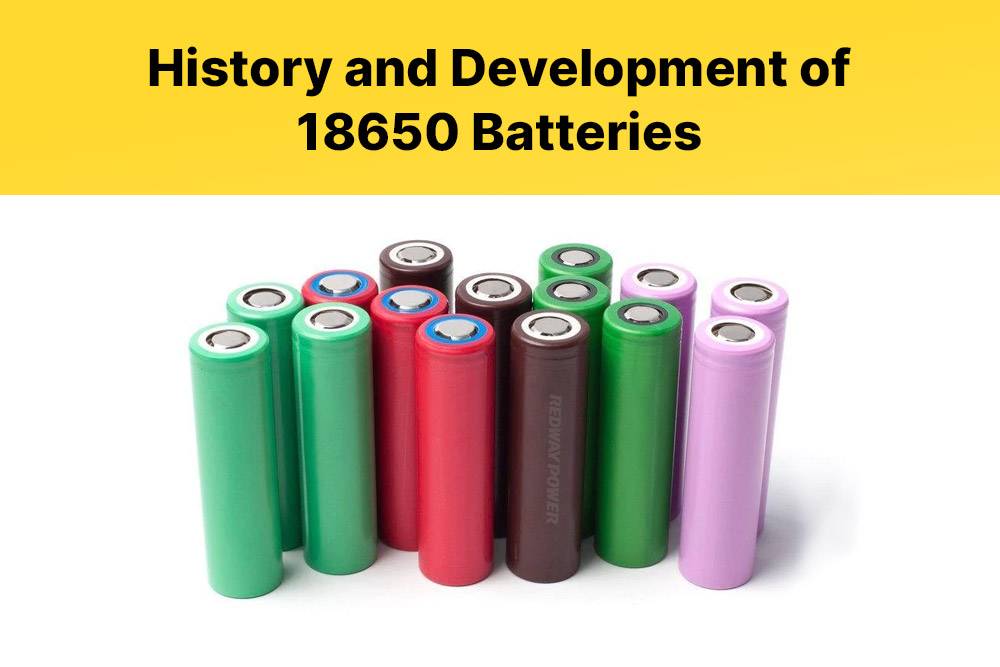
Are Portable Fans Available That Operate on 18650 Batteries?
What Creative Uses Are There for 18650 Batteries During Power Outages?
Are There Radios That Utilize 18650 Batteries?
What Other Consumer Products Use 18650 Batteries?
Are Laptops and Electric Vehicles Known to Use 18650 Batteries?
What Other Devices Can Use 18650 Batteries Besides Flashlights?
More FAQs
What is an 18650 battery?
An 18650 battery is a lithium-ion rechargeable cell with a voltage of 3.7V and a capacity range between 1800mAh and 3500mAh. They come in two types: protected and unprotected, with protected cells recommended for safety due to built-in protection circuits.
What are 18650 batteries used for?
18650 batteries find applications in various devices, including flashlights, electronics, laptops, vaping devices, and some electric vehicles like Tesla cars. They are known for their versatility and high energy density, making them suitable for diverse uses.
Are there different sizes of 18650 batteries?
Despite the name, the 18650 designation only refers to the dimensions of 18mm by 65mm. Other battery sizes, such as 14500, AA, AAA, and 21700, exist and vary in cubic millimeters. It’s crucial to note that different sizes are not interchangeable.
How many times can you recharge an 18650 battery?
Lithium-ion batteries, including 18650s, have a limited number of recharge cycles due to degradation from oxidation and electrochemical processes. However, they can typically be recharged between 300 to 2000 times, depending on the quality and usage.
Can 18650 batteries be used interchangeably with other battery sizes?
No, 18650 batteries cannot be used interchangeably with other sizes like AA or AAA batteries. Each battery size has specific dimensions and voltage ratings, and using the wrong size or type can lead to safety hazards such as fires or device damage.
What household items have 18650 batteries in them?
18650 batteries are commonly found in various household items for their reliability and longevity. Some of the household items that incorporate these batteries include flashlights, power banks, and laptop batteries. Flashlights equipped with 18650 batteries offer long-lasting power and are a popular choice for their size, weight, and performance. Power banks, essential for travelers and photographers, often utilize 18650 batteries for their robust power output and portability. Additionally, laptop batteries, while often manufactured with specific materials, frequently contain 18650 batteries due to their lithium-ion nature and ability to handle high power loads. It is crucial to ensure the correct type of 18650 battery is used to prevent safety hazards such as fires.
What household items have 18650 batteries?
Many household items utilize 18650 batteries for their power source. One common item is the flashlight, where 18650 batteries are preferred for their long-lasting performance and rechargeable capability. Flashlights equipped with 18650 batteries are becoming more popular due to their longevity, brightness, and portability. Additionally, power banks often contain 18650 batteries, providing a powerful and portable source of energy for charging devices while on-the-go. Laptop batteries, although mainly lithium-ion, frequently incorporate 18650 batteries for their power output capabilities, making them an essential component in maintaining the device’s functionality. Overall, household items such as flashlights, power banks, and laptop batteries commonly rely on the use of 18650 batteries for efficient and reliable power.
